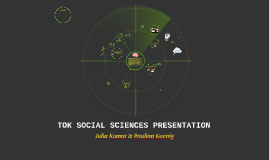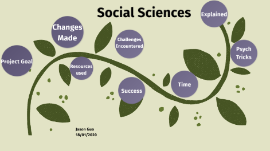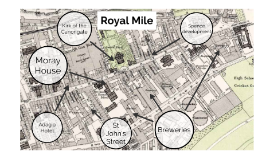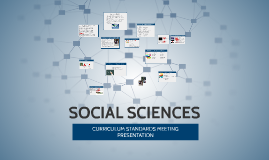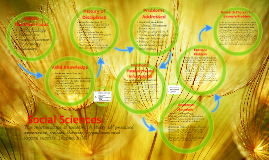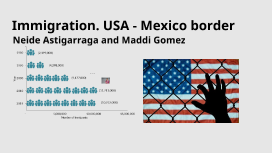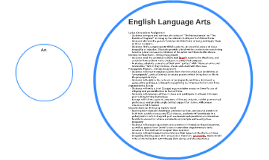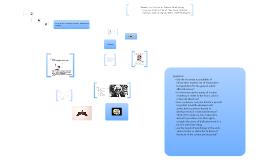Social sciences presentation
Transcript: Royal Mile The Kirk of the Canongate, or Canongate Kirk, serves the Parish of Canongate in Edinburgh's Old Town, in Scotland. It is a congregation of the Church of Scotland. Architecturally, the Kirk has a Dutch-style end gable and a curious, small doric-columned portico over the entrance. The Canongate was a separate burgh before it was formally absorbed by Edinburgh in 1856. By the late 1970s, the lower part of the Royal Mile, including the Canongate, had become unfashionable and run down. Since then, circumstances have changed radically - notably with the construction of new flats in the vicinity as well as the new Scottish Parliament building. The church was founded in 1688 and completed in 1691. The master mason in charge was James Smith. A plaque on the front of the church bears witness to it having been built through a large bequest from a local merchant. Kirk of the Canongate Kirk of the Canongate During the annual Edinburgh Festival, the Kirk is extensively used as a venue for music, as is the Kirk's nearby hall - the "Harry Younger Hall" (which is known as "Venue 13" for the duration of the annual Edinburgh Festival Fringe. The Canongate Churchyard is the resting place of several Edinburgh notables including the economist Adam Smith, the philosopher and Smith's biographer Dugald Stewart, Agnes Maclehose (the "Clarinda" of Robert Burns), by tradition David Rizzio, the murdered private secretary of Mary, Queen of Scots, and the poet Robert Fergusson, whose statue in bronze by David Annand stands outside the kirk gate.Bishop James Ramsay is also buried here. St John's Street Breweries Once an overcrowded, poverty-stricken, industrial hub, the Canongate has now become a tourist trap and student accommodation haven. The Canongate area used to house three Brewery buildings, which have all now been converted into Student flats. Breweries Spence development Attempts at improving an overcrowded and poverty-stricken Canongate saw schemes from a number of notable architects in the 1930s and 1950s. Basil Spence's 1960s addition to the Canongate can still be clearly seen today. Spence Development Moray House Moray House (Old) Moray House was built around 1618 by Mary, Countess of Home. It was built at a time when there was greater political stability in Scotland and England and when the Canongate was becoming a desirable district for the town houses of the Scottish aristocracy. It was designed to provide an elegant mansion for members of her family. The house, two stories high, was built of light grey freestone. Contemporary documents record that her house was referred to as the 'great ludging' and has been described as 'the handsomest house in Edinburgh'. The north side has a gable, large windows with strapwork and a Balcony. The coats of arms (the lions of Home and Dudley impaled on a lozenge) are displayed on this side of the building. Her linked initials, M and H, may be seen above the centre window on the south gable. Development of Nursery School Following the demolition of the buildings housing the women's hostels in St John Street in 1929, plans were developed for a purpose built Nursery School on this site. The School was planned by Miss MacKenzie, Infant Mistress in the Moray House Demonstration School. She was supported by a Special Sub - Committee (December 1930). Research into the specialist area of Kindergarten architecture had been carried out by the College in Lubeck and elsewhere in Germany in the 1920s. The layout was also influenced by the work of Margaret and Rachel McMillan who opened a similar school in Peckham, London, in 1914. It was designed on Montessori principles. This child-centred approach required furniture, toilets, and even coat pegs to be designed specifically for small children. Adagio Hotel The Royal Mile has received a number of face-lifts in the modern era with what seems like conflicting agendas. A example of this is the Aparthotel on the Canongate that has kept it's original facade and completely redesigned the interior behind the road facing wall. Adagio Hotel






